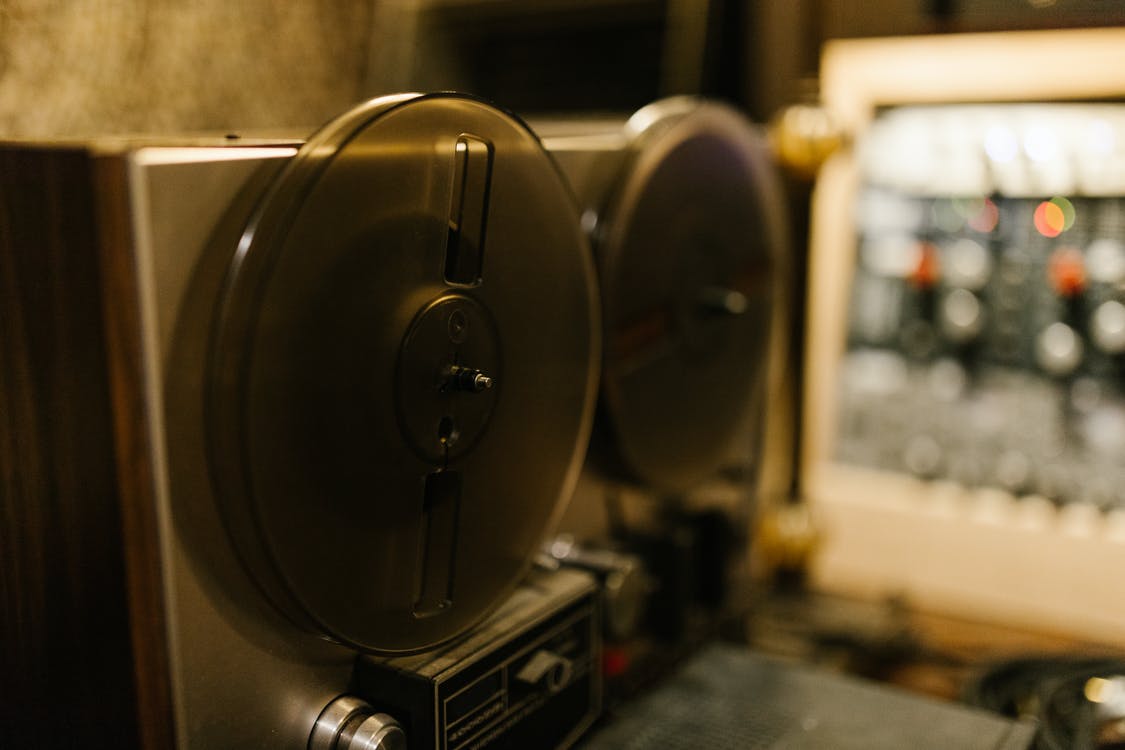
Martial arts figure prominently in many Asian cultures, and the first known traces.
#1 — A GREAT MASTER STARTS WITH A GREAT MIX
Like we stated earlier, your mix shouldn’t need radical processing to make it sound right. Rather, a mastering engineer should only need to make a handful of subtle corrective tweaks.
Mastering is all about enhancing an already great-sounding mix. If a mix needs to be completely overhauled to make it acceptable, it would be easier (and produce much better results) if you went back to the original mix to figure out what went wrong.
If there are obvious EQ missteps, glaring resonances, or overly dynamic mix elements, these issues should be resolved before the mastering process even begins.
As they say: even if you polish a turd, it’s still a turd. But, once you’ve nailed the mix, you (or your mastering engineer) will be presented with a sensible starting point, which will lead to the best-sounding master possible.
#2 — TAKE A VACATION FROM YOUR MIX
It’s easy to lose objectivity after you’ve been listening to your mix for hours upon hours, even if you’re using appropriate reference tracks. That’s why, if you’re mastering your own mix, we recommend that you take as long a break as possible to begin mastering once your mix is finished.
Think of it this way: if you send your mix out to a mastering engineer, they will be listening to it with a fresh set of ears. If you master your own work, you don’t have this benefit.
Taking a vacation from your mix will give your brain — and ears — time to reset themselves.
#3 — SEPARATE MIXING AND MASTERING
It’s not unusual for engineers to put plug-ins, such as a stereo compressor, on their mix bus while mixing. This is a completely valid, and very common, way to mix.
That said, it’s not mastering. Mastering is a separate process that requires a completely different way of listening and working, and it involves a completely different end goal.
When you put plug-ins on your mix bus, even mastering-centric ones like brickwall limiters, it’s merely an extension of your mixing methodology; it’s not mastering.
Mixing into mastering plug-ins can be a great way to go, however, if you’re not planning to have your mix professionally mastered. It can also be a preferred way of working if you aren’t able to take a breather between mixing and mastering.
Doing it all in one shot enables you to achieve a satisfying, “finished” result right from the get-go. This essentially allows you to skip the mastering process altogether.
#3 — SEPARATE MIXING AND MASTERING
It’s not unusual for engineers to put plug-ins, such as a stereo compressor, on their mix bus while mixing. This is a completely valid, and very common, way to mix.
That said, it’s not mastering. Mastering is a separate process that requires a completely different way of listening and working, and it involves a completely different end goal.
When you put plug-ins on your mix bus, even mastering-centric ones like brickwall limiters, it’s merely an extension of your mixing methodology; it’s not mastering.
Mixing into mastering plug-ins can be a great way to go, however, if you’re not planning to have your mix professionally mastered. It can also be a preferred way of working if you aren’t able to take a breather between mixing and mastering.
Doing it all in one shot enables you to achieve a satisfying, “finished” result right from the get-go. This essentially allows you to skip the mastering process altogether.
#4 — PRESERVE YOUR DYNAMICS
Compression plays a significant role in mastering, providing the elusive “glue” that we all strive for. It helps all the instruments in your song feel like they’re occupying the same space, while injecting your mix with punch and excitement.
The secret to making compression work in a mastering context is to use it very, very subtly. If your mix requires aggressive compression to make it sound right, the underlying issues should be fixed in the mix itself.
If you apply too much compression at the mastering stage, your mix will lose all its dynamics, rendering it dull, limp, and lifeless. When mastering, your compressor should only be reacting to the material’s loudest peaks, while imparting just enough color to add cohesiveness to the mix.
A 2:1 ratio (or even lower), with a slow attack time and a medium release should give you the sound you’re aiming for. Also, try not to exceed 3dB of gain reduction.
